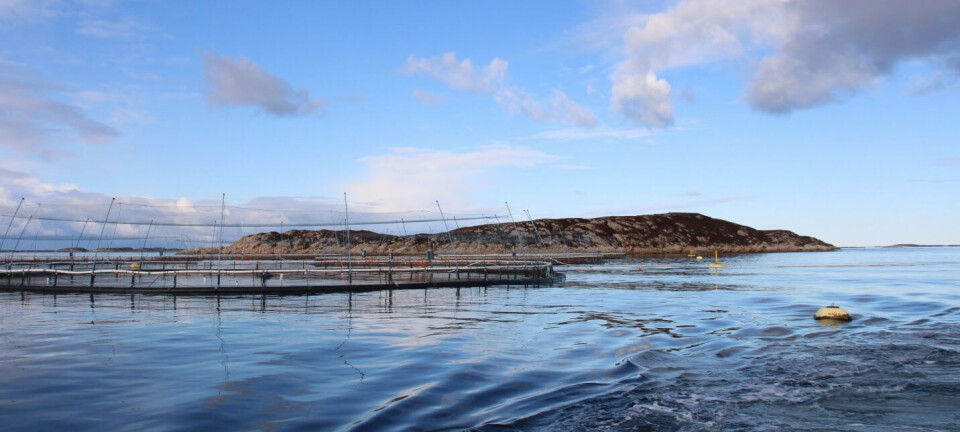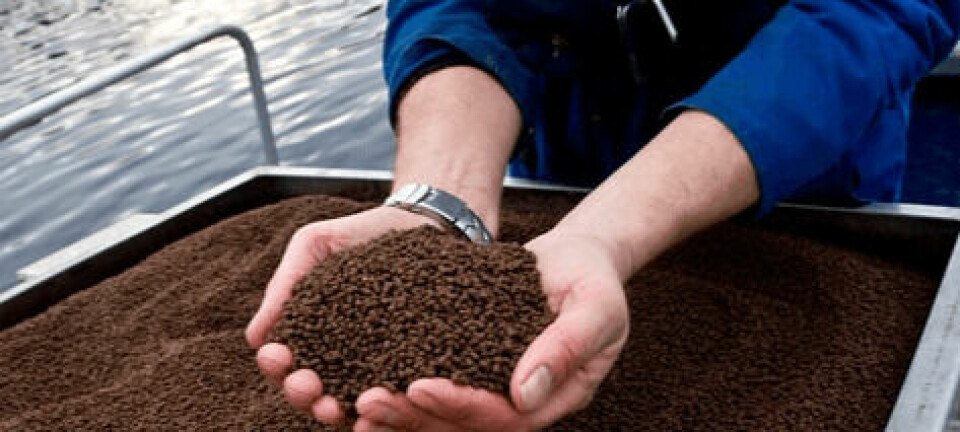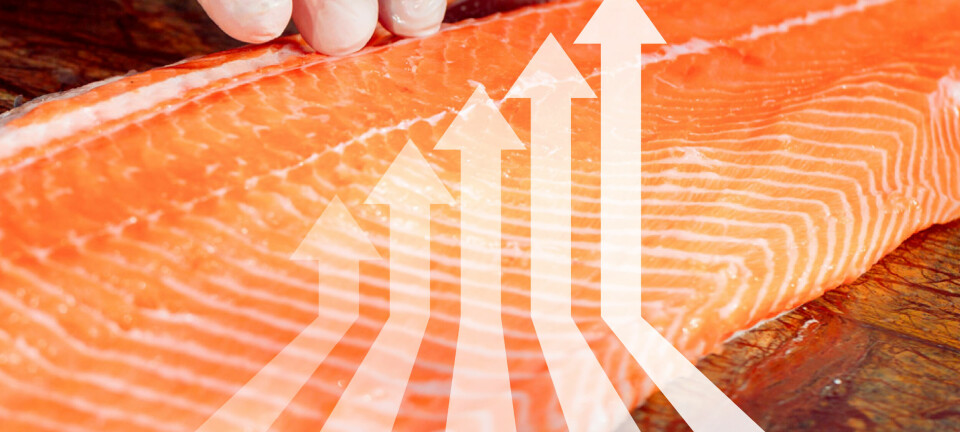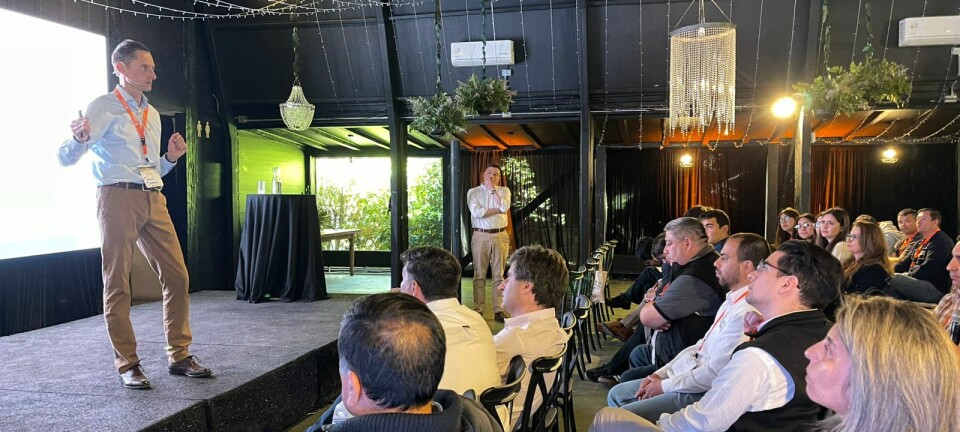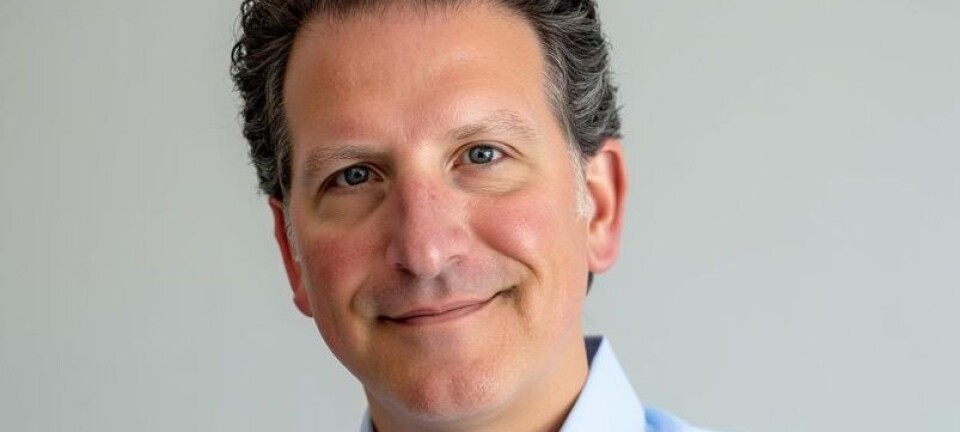New Brunswick aquaculture diversifying
Tor-Eddie Fossbakk The time has come for the industry to look beyond Atlantic salmon and diversify into new species in order to secure continued growth for the industry. It seems as Atlantic salmon production has reached a plateau, and is not expected to grow substantially within the province. Private companies and scientists are looking at other species to bring to commercial production. At the Department of Fisheries and Ocean’s (DFO) biological station and the close by Huntsman Marine Science Center (HMSC) in St. Andrews scientists are working with species such as Arctic char, halibut, Atlantic cod and sturgeon. Scientists have tried to introduce Arctic char into the aquaculture industry since the 1970s. The provincial Department of Agriculture and Aquaculture supports these efforts to diversify the industry because it will create a good safety net for the local farming companies should they become affected by market fluctuations. Thus far, the industry has been quite vulnerable to “ups and downs” in the farmed salmon market. Having alternative species in the cages will make the industry more sustainable to market swings. Cooke Aquaculture is the province’s largest fish farming company. It has added cod to its operations and has three cod farms in Southern New Brunswick. In addition, the company has a hatchery in Nova Scotia and is looking at farming cod also in Newfoundland. Some of the hurdles scientists point to related to cod farming is that cod the cod are spawning and developing ovaries and testes early which make many of the fish filled with eggs and milk. This is not good for fish farming. In order to make the fillets bigger, scientists are trying out a technique of providing light for the fish all day so they are unable to tell when the seasons change and in turn do not mature sexually. There is also a genomics breeding program underway to determine the best family of cod to breed fast-growing meaty fish that are able to overcome diseases. The biological station has also made great progress with halibut farming. This work has been ongoing for over twenty years. Financing this research has, at times, been difficult. Halibut fetches a higher market price than Atlantic salmon, but it also is more expensive to farm. Feed costs are higher and grow-out time is longer. One of the industry’s “grand old men”, Skip Wolf, is trying his farming expertise raising about 50,000 halibut. Despite some problems, he believes the business is moving ahead better than salmon at the same time in its farming development. Though attempts to farm Arctic char have been ongoing since the 1970s, this species has caught renewed interest. There are two cages in New Brunswick waters which seem to be doing well. One major obstacle to char farming has been the fish’s tolerance to saltwater. However, there are currently scientists working on breeding a strain of char that will have higher tolerance to salt water.




















